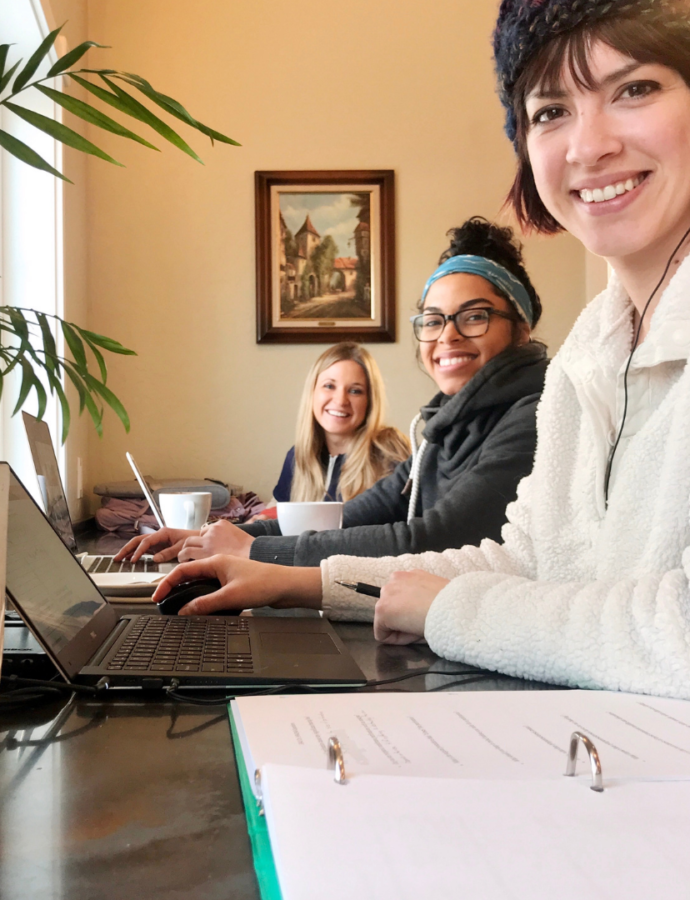
It is all about PRACTICE
Yoga is like a big, old, beautiful bag of awareness tools. When practiced and understood correctly, these tools can lead you toward better understanding of yourself, others, and the world around you. The practice of Yoga looks differently for everyone. And that is a beautiful thing. You can pick and choose different techniques based on what you hope to achieve.
Why Practice?
It may be essential to identify why you choose to practice Yoga to help you get the results you want. Is it to develop flexibility and or strength? Or do you have other intentions? Time spent practicing Yoga is time you can spend practicing what you choose to create. This time can offer you a chance to slow down, be present with what is, shift perspectives, understand the human condition, reconnect to your body, make better decisions, choose different thoughts. Time on your Yoga mat allows you to hear the chaos of your mind, better understand those around you, gain control of your life, fuel your body, develop a sense of connection, practice gratitude, and grow into who you intentionally want to become.
After identifying your why, I challenge you to practice it daily. It may be helpful to approach your yoga practice with the mindset that you are training, creating, wiring, and strengthening connections in your brain every moment. Everything you choose to do is teaching the development of new connections and pathways in your brain to support that in which you practice.
The Relationship Between Dyslexia & Practice
Let us use the topic of dyslexia as an example- dyslexia results from a neurological difference, that is, a brain difference. People with dyslexia do not use the same part of their brain while reading as someone without dyslexia. People with dyslexia may not use the most efficient part of their brain while reading, and instead, a different part of their brain takes over. Therefore, reading can be challenging because people with dyslexia use more “brain energy” while performing reading-based tasks. Those with dyslexia may think reading is difficult because they are not smart, capable, or good enough. When really, all they need is different instruction to help their unique brain learn AND a little help from the power of neuroplasticity.
What Is Neuroplasticity?
Neuroplasticity is the brain’s ability to change and grow throughout a person’s life. It is the reason we can develop skills and knowledge through effort, practice, and persistence. Every time you do something, you create or strengthen connections in your brain. The brain is also a pattern-seeking device. The more you practice a new pathway, the easier and faster your brain will follow this new pattern in the future.
Scientific research has proven that consistent, effective, and intensive intervention can change pathways in the brain. Brain imaging research has revealed anatomical and functional changes in children with dyslexia following an effective reading intervention. In other words, the brains of those with dyslexia began to mirror that of someone without dyslexia following specialized, consistent, and effective treatment.
So how does this work?
Well, your brain has around 100 billion neurons, which are a type of tiny cell. Every time you do something, your brain sends messages from one neuron to another. If you practice an action enough times, your brain eventually makes a connection, or path, between those neurons. Teaching the brain something new creates new pathways. In dyslexia, a consistent and effective reading intervention can create new tracks and alter their brain in fundamentally helpful ways.
With Practice Comes Progress
As adults, we can also alter our brain’s connections in ways that are fundamentally helpful, thanks to neuroplasticity. Remember, you train that which you do. So every time you push the snooze instead of waking up for your morning practice, you condition yourself to hit the snooze. Every time you train yourself to practice a challenging pose, you train the development of that pose. It may be imperative to identify what you want to create and then actually practice the thing to develop that which you practice.
The practice of Yoga offers all the tools you need to help you practice the thoughts, feelings, and behaviors you intend to create. Ultimately, Yoga is about the development of clarity and awareness by which you can know what to do when you are not doing Yoga. The goal is to take what you practice on your yoga mat with you into the world. To actively apply these practices to choose better thoughts, make better choices, and have an enhanced relationship with yourself and others.
Time to PRACTICE
So reach into that big, old, beautiful Yoga bag and give some of these tools a try. Keep the ones that work. Put aside the ones that don’t. You can always change things around to meet your current needs. Remember, the purpose of practice is not to become “perfect” but instead to create “progress” toward that which you intend to possess. One of the most magical things about Yoga is that you can ALWAYS change, adjust, and return to your practice at any time.
Contemplation Points:
- Identify one new pathway you want to begin to create in your own brain? Then, practice it.
- What does your yoga practice look like?
- Plan the days and times you wish to practice yoga this week. Then attend to your practice during those designated days and times.









